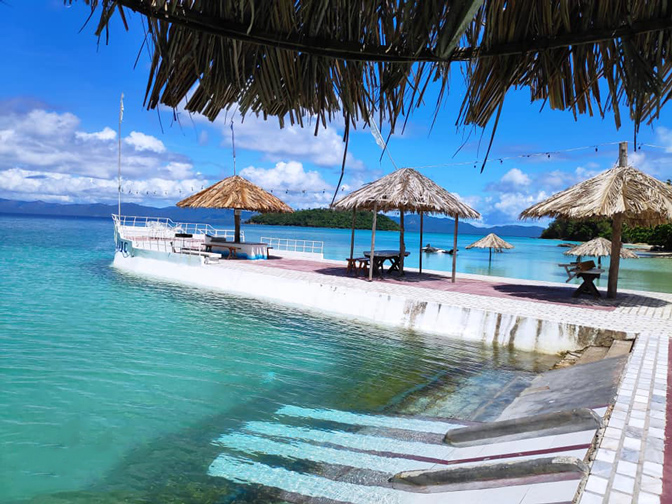The Secret Hand Signs of Romblon’s Boat Builders
In the quiet coastal villages of Romblon, where turquoise waters meet hand-carved wooden boats, a mysterious language thrives — the secret hand signs of local boat builders. These silent gestures, passed down through generations, guide every stage of traditional boatmaking. For outsiders, it’s a fascinating blend of craftsmanship, communication, and cultural heritage.
A Language Without Words
Boatbuilding in Romblon isn’t just about skill; it’s about rhythm, trust, and teamwork. When hammers echo and sawdust fills the air, the builders rely not on voices but on silent hand gestures that convey exact instructions.
These hand signs act as a language of precision. A raised palm might mean to stop sanding. A flick of the fingers could signal alignment, while a closed fist might warn of danger or imbalance in the structure. Over years of shared experience, every craftsman learns to “speak” this unspoken code fluently.
To the untrained eye, it might look like a random set of movements — but to Romblon’s master builders, it’s an ancient communication system that keeps their work harmonious and efficient.
Where Tradition Meets Skill
Boatbuilding is a cornerstone of Romblon’s identity. Long before engines and fiberglass, locals crafted bancas and paraws entirely by hand. Every plank of wood was measured by instinct, shaped by tradition, and guided by the wisdom of elders.
The secret hand signs made collaboration seamless, especially when the roar of tools or waves drowned out conversation. It allowed builders to synchronize effortlessly — proof that silence can be more powerful than words.
This cultural art form continues to thrive in small towns like Odiongan and Cajidiocan, where the craftsmanship of Romblon’s builders remains a symbol of pride and heritage.
The Hidden Meaning Behind Every Gesture
Each movement carries intent. Some gestures represent practical commands, while others hold deeper meanings tied to respect, blessing, and safety at sea. Before construction begins, a senior builder might signal a short prayer using a distinct gesture — a ritual asking for calm waters and good fortune.
Even after generations, these hand signs have remained consistent, showing how Romblon’s people value continuity and shared wisdom. In a world that changes fast, their gestures preserve a link to the island’s cultural roots.
Silence, Skill, and Shared Spirit
When you visit the coastal shipyards, you’ll witness more than construction — you’ll see coordination without conversation. The builders move in rhythm, guided by silent signals that ensure the structure’s strength and balance. It’s a mesmerizing dance between human hands, wood, and sea.
During local festivities, some elders even demonstrate these hand signs as part of storytelling sessions, reminding younger generations that this craft isn’t just about boats — it’s about identity and connection.
You might catch glimpses of this tradition while exploring Romblon’s scenic shores. For example, Bonbon Beach island-hopping details here: https://romblonparadise.com/bonbon-beach/
Why the Tradition Still Matters
Despite modernization, Romblon’s builders hold onto this practice because it represents more than technique — it reflects unity, focus, and discipline. It reminds the community that craftsmanship comes from collaboration, not competition.
The secret hand signs remain an invisible bridge between generations, a living symbol of how culture endures through motion and meaning.
Final Thoughts
The secret hand signs of Romblon’s boat builders are more than gestures — they are living fragments of a fading language of craftsmanship. In every silent signal lies the heart of Romblon: the patience of its people, the precision of its builders, and the spirit of the sea that defines them.
These traditions remind us that not all languages are spoken — some are carved in wood, guided by hands, and carried by waves across generations.


